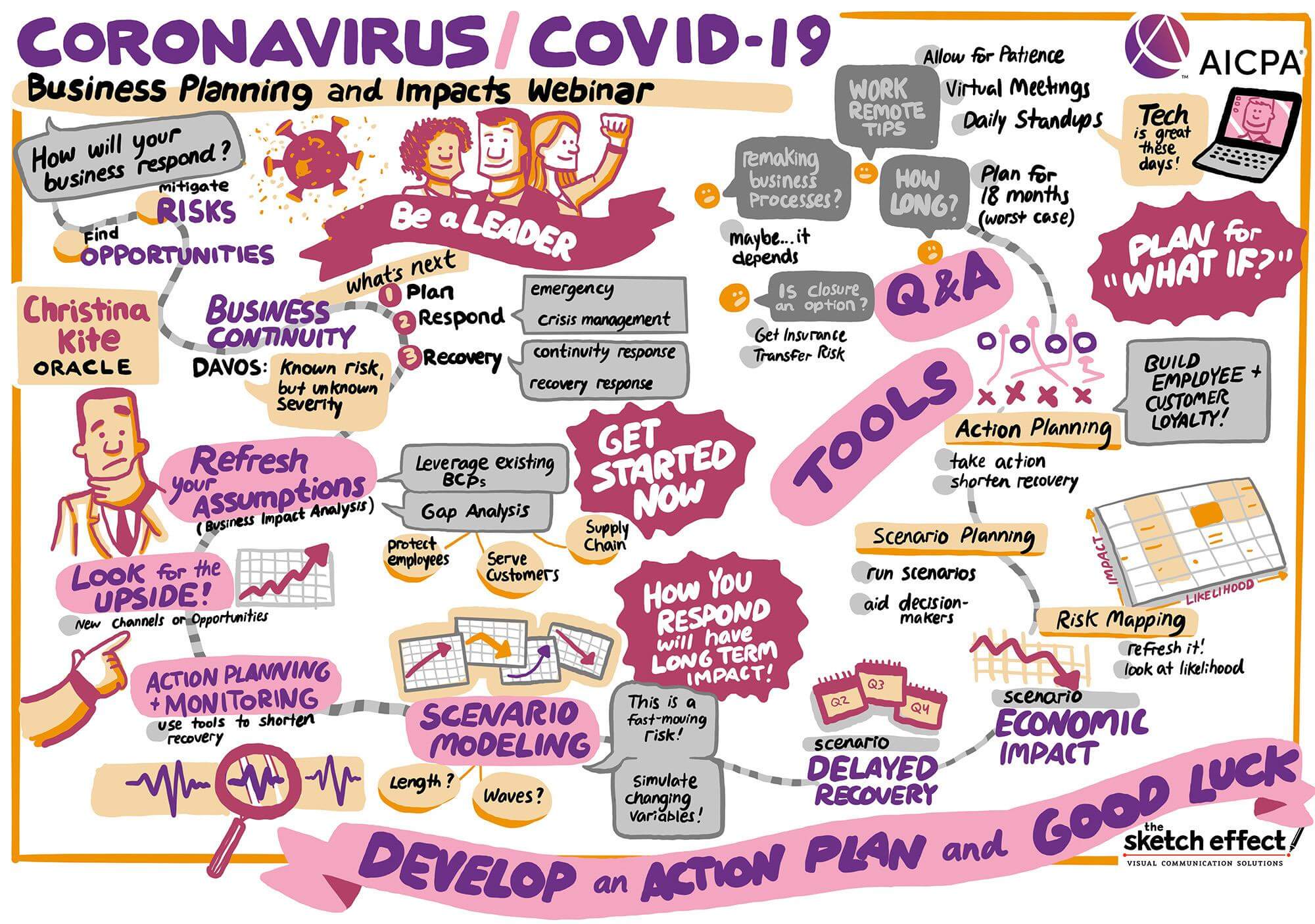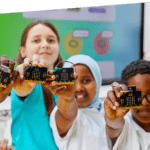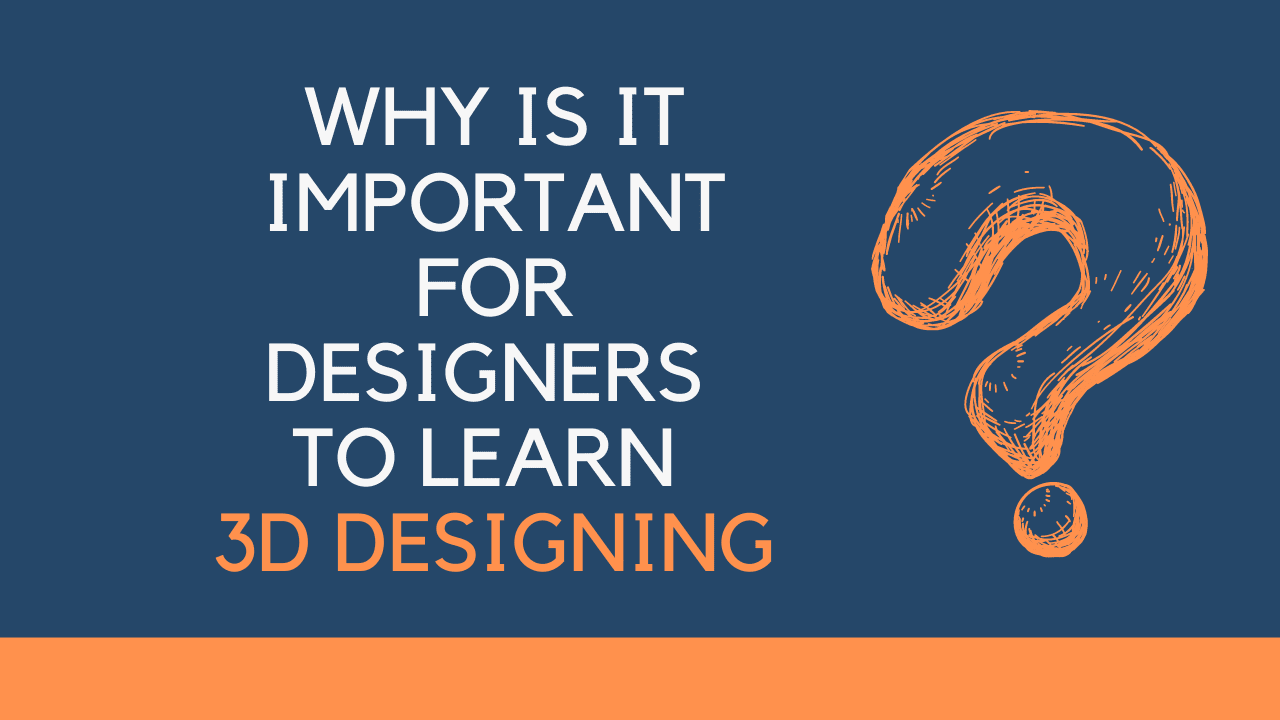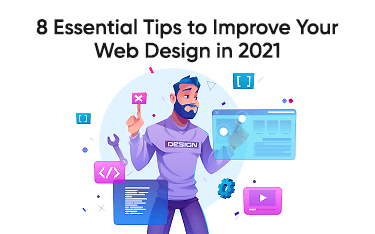
Graphic facilitation means using images and words to outline the conversation that leads a person towards an action to take. This visual process is conducted by an expert facilitator or visual practitioner who is an expert in including the critical message into the work by visualizing the information beforehand.
Some studies and reports have proved that about 65 percent of people are visual learners. The visualized data tends to be processed by people about 60.000 times faster than the data presented in the text form. The human brain perceives visible data quickly.
History of graphics facilitation
Graphics facilitation is the oldest means of communication. When there was no language, people used to draw to make the other person understand what they mean. Amidst the struggle of communication, they started drawing to transmit the information on the walls of their caves.
Over the years, the process has not changed, and only technology has taken its path. Detailed information is transmitted through images for a better perception.
Easy and simple steps to create your visual representation by learning graphic facilitation:
Keywords
Listing the keywords that you want to visualize and convey through the graphics will give an essence to the content and make it easy to design.
Organization and categorization
Organizing your previously listed words into some different but prominent categories will make it attractive and convenient for you. These categories can be things, people, processes, places, concepts, and more. Categories would help you to pick out symbols or illustrations to convey the emotions directly or indirectly.
Places representation gives life to the picture. Illustrating it is a daunting task but visualizing the process with clarity lets you acknowledge the ideas quickly and faster.
Categorization of processes includes what, where, and when someone acts and in which manner. It combines different people and their actions like learning, running, talking.
Camera thinking
Camera thinking is to observe the surroundings and create a mind map for what you want to represent. Include everything from the artifacts to the actions to the positioning to the design. You are drawing the categorized words in mind and side by side on the board.
Relating words
The last step is to find the words that fit in the abstract and conveying the information all roundedly perfectly. They can be learning styles, innovations, or combining people, places, and processes and coming up with the words for different steps like the story’s title.
Define yourself
Visualizing is all about expressing yourself. So it must be representing your feelings or desires in the best possible manner.
Reasons for using the visual graphics facilitation:
• Clear and vivid understandings among the learners.
• Faster transfer of the information.
• Make things much more attractive.
• Minimal power.
• There is no language barrier.
• Visual graphics are beneficial for people who do not use or understand language.
• One picture can replace 1000 words easily.
• One can easily visualize a story.
• Images and pictures make more sense in our minds.








